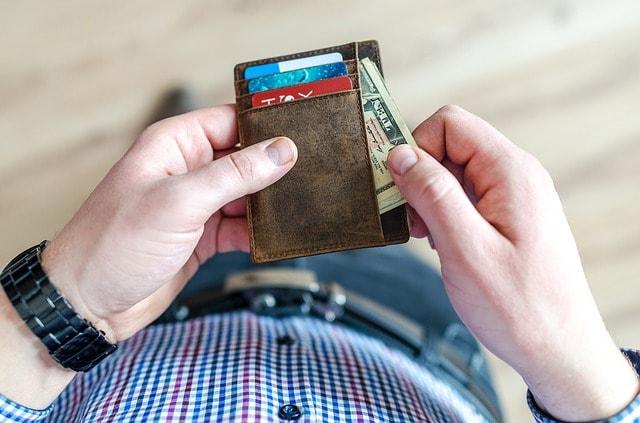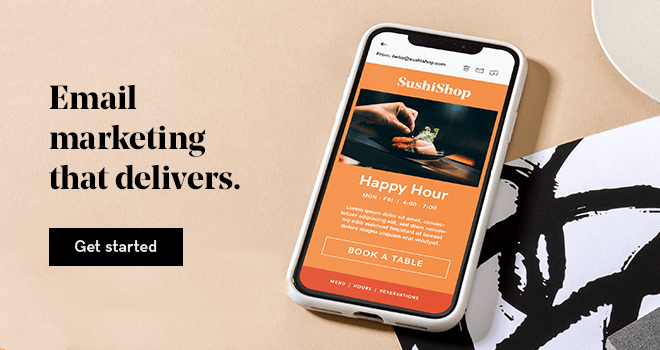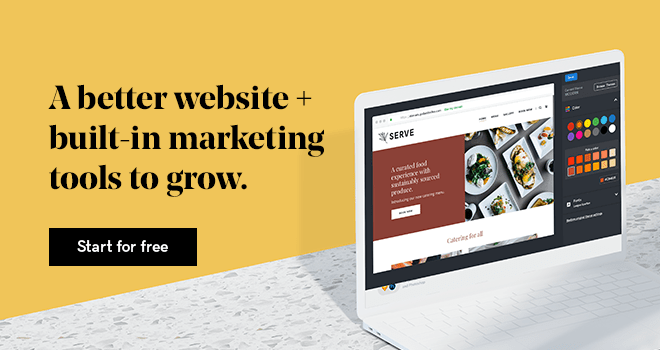We all have to admit that we love getting free stuff. Samples, swag bags, party favors — it doesn’t matter what it is as long as we don’t have to pay for it. People love “free,” but let’s reverse the roles. If you are running a business, you want people buying your product, not receiving it for free. So where is that middle ground? There is an intriguing place when offering free trials or consultations can lead to an increase in business — so how do you get there without risk?
If you don’t know your margins already, crunch the numbers that would allow you to offer free trials. Assuming your business can financially handle free offerings, let’s start brainstorming. A trial period for software is common, but you can also consider an eBook, free download, white paper, consultation, assessment, or simply offer their first appointment or a free add-on as an incentive.
The benefits of letting your customers have a taste certainly can be a great marketing tool as well as an effective way to build trust with your prospects.
This is especially true if your business is coming in cold — and the person knows little about you. Offering free trials is an investment in relationship building. Some people would call this loss-leading. (“Loss” isn’t the most exciting word however.)
Offering anything free does open up risk to your business, since — let’s face it — there is some sort of “loss” in it for you. So let's take a look at how to offer things for free and turn that opportunity into a win.
Try to learn something
Offering free trials is not only to get your brand in front of more people, but to also learn about potential customers and increase customer satisfaction. Change your mindset and regard this opportunity as not just a way to gain new customers, but a platform to gain invaluable information.
Customer insight is the true win here.
What made them try your product? What feature made them bite? That’s what you should be selling.
Keep things simple
If you’re asking for their name or email, help users feel more comfortable by keeping it simple. They don’t want to be sold to or tricked. Let them know exactly what they are submitting, to whom, and for what. After they hand over their information, what’s next? Are they receiving login instructions, a phone call, a download or a report via email?
Be sure to specify where and how will they receive it. Tell them exactly what is happening, what happens next, and why they should trust you.
Honestly speaking, if your product is good the trial will sell itself. When you have too much explanation, too many steps or do not make the process clear, the fewer conversions you are going to have. Offering free trials is supposed to reduce the amount of selling you need to do — so make it easy. If your product is rather in-depth or a bit confusing to the newcomer, consider if a free trial is really going to work for you.

Have structure with offering free trials
While you are keeping things simple, it helps to have structure. Any confusion or unanswered questions lead to mistrust or frustration — both bad impressions for a new user. First, determine the trial’s time period and any other limits. I suggest two-week to one-month trial periods, depending on the product.
Consider how long it takes for the person to see all the benefits, then cut the trial after they experience that magic to keep them wanting more. Be sure to follow up at least once during the trial and at the end giving a clear notice when the trial will stop.
Capacity is a bit trickier when you’re offering free trials.
You might want to reduce the amount of functionality or special features to keep them curious. On the other hand, you might want to give them full access to provide full transparency and get them hooked. Regardless, make sure the user is aware of your most useful features by highlighting them.
Wow them with the functions that are unique and keep them using the product.
Don’t limit them to the boring stuff and hope they get curious later. Make sure that at whatever capacity you are giving, they know the added value of becoming a full-time customer. Reduce the risk of giving all your value away with a trial. Also, only give away as much as you are willing to lose or give to a competitor.
Creating structure is like creating a long-sell of your product:
- What kind of bait will you leave that will incline them to buy?
- What is the process when guiding them through the trial?
- At the end, do they have an easy way to exit, or could it be annoying to cancel?
When the trial is done, have two clear actions: make it easy to join as a customer or simple to resign.
Provide an example
As consumers ourselves, when we hear about something great we naturally think, “what’s the catch?” Confront those doubts with real-life examples like a case study, testimonial, or quick video of an actual customer. Highlight the problem this customer was facing and how your product banished it from existence.
Tell the story.
To supplement offering free trials, showcase the entire relationship of you and a customer:
- What is it like to be your client and how can their satisfaction be measured?
- How has their life improved since you entered the picture?
Maybe their business improved 200 percent or they can spend more time with their family. Find someone that a prospect can relate to and they’ll get interested. At the end of your example, ask the viewer to do something or maybe " target="_blank" rel="noopener">link to a landing page to more clearly outline the trial. This call-to-action should be where you ask for the information that benefits you as well as reduce your risk for leaving empty handed.
When free isn’t right for you

Is the word free making you cringe? Offering free trials is not for everyone — and certainly not every business. There is a term called “funny money” and it is the idea of attaching monetary value to something other than money. Examples of this are time, an upgrade, or anything that pleases the customer without slashing prices.
People use funny money in business negotiations, like when you’re buying a car and they offer one more year of warranty or a free oil change. Brainstorm what some funny money examples are for your business. What can you give away that adds value to the end-user, but doesn’t cost you anything.
Consultations or assessments are a great gateway for this anti-free mentality. These are perfect for someone like a lawyer, life coach or interior designer.
If you’re hesitant about offering free trials, ask new clients for a small deposit that can be applied to the full priced product later if they wish to continue.
No matter how you feel, you can significantly minimize your risk by pre-qualifying candidates. Ask a few vetting questions when they sign up or ask how they found out about you. Save your time by trying to impress people who aren’t genuinely interested in being a paying customer one day.
Reduce your risk with a great offer
If you want to reduce your risk with a freebie version of your product, only offer as much as you need. The best way to win is to have a great product and prove how it can be a great solution.
Design an offer with examples and the right structure for everyone to stay interested. Even if they don’t bite in the end, chin up! You’ve just captured enough feedback to further improve your product and try again. You’ll get them eventually.








